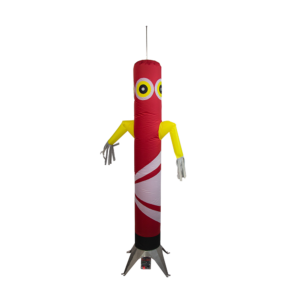Happy Holidays
Please note, our office will be closed for the holidays starting December 20th. We will reopen on Tuesday, January 2nd, 2025. Any orders placed during this time will be responded to as soon as we return on January 2nd.
See you in the New Year!
– The Margo Team
When you’re with Margo, you’re in good company; we supply airports, government services, national parks, tour operators, farmers and recreationists around the world with our wildlife management products. You can rest easy knowing you are getting the best products in the business.


Introducing
We want to share our expertise with you. Margo Fence Hub is your resource for anything related to electric fencing. From planning to installation, we have compiled various educational resources to help you create an effective electric fence system.
Margo Supplies Ltd. is a family-owned and operated wildlife management technology company with over 45 years of experience in the field.
©2025 Margo Supplies. All Rights Reserved.